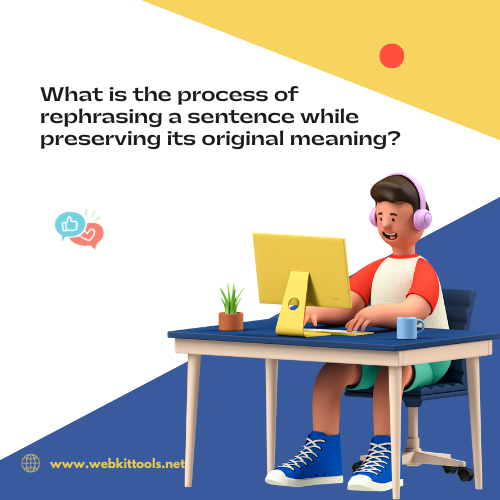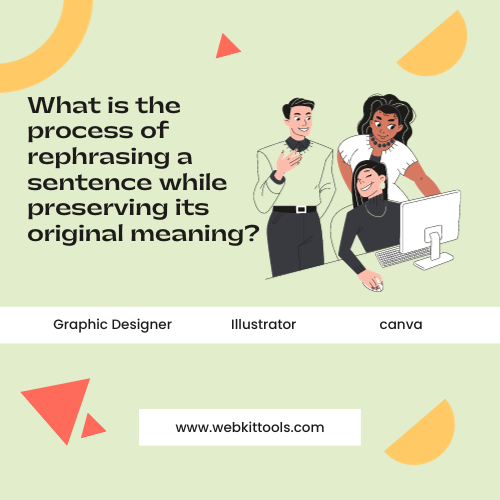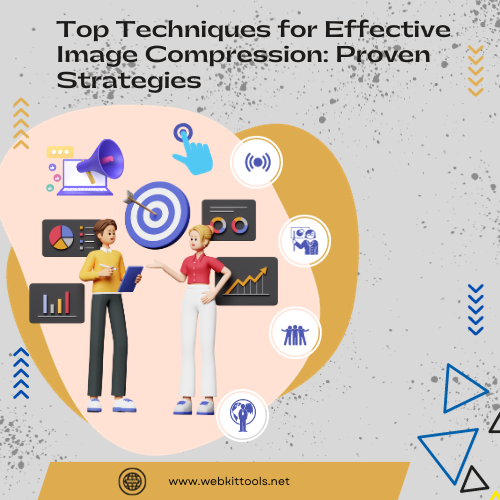Top Techniques for Effective Image Compression: Proven Strategies
.png)
Image Compression Strategies: Effective Approaches for Enhanced Performance
Beyond just conserving storage capacity, image compression holds significance in terms of image SEO. Termed "Image Optimization," this practice aims to boost your images' visibility on search engines like Google and other image-oriented platforms.
Images characterized by hefty file sizes can result in sluggish web page loading times, leading to an unsatisfactory user experience and detrimental effects on your search engine rankings.
By utilizing an online image compressor, applicable to images in various formats, you can efficiently decrease image file sizes. This compression not only optimizes your website's images but also conserves bandwidth, enhances your site's speed and positioning on search engine results, and elevates the overall user experience on your site.
Google employs page speed as one of the criteria for ranking websites. However, it's important to note that swift page loading isn't solely about achieving high ranks; it also significantly contributes to higher conversion rates.
As previously mentioned, our online image compressor employs a lossless compression technique, which reduces image file sizes while retaining crucial data.
Optimal Practices for Image Compression
Outlined below are some general recommendations for effectively optimizing images for web use:
Prefer web fonts instead of embedding text within images, as they exhibit superior scalability and occupy less space when resized.
Employ a Content Delivery Network (CDN) on your website to ensure prompt image delivery to visitors across the globe.
Leverage CSS3 effects in your images whenever feasible.
Distinguish between image file size and image dimensions, and ensure images are saved in the appropriate dimensions.
Consider implementing lazy loading for images to expedite the initial page rendering.
For visuals with intricate details, opt for raster images or bitmap images.
Lower the bit depth to a reduced color palette.
Whenever possible, integrate vector images alongside PNGs and JPGs.
Trim white space to eliminate redundant data.
Remove any superfluous image metadata.
Select the suitable file format; common formats include JPG, GIF, and PNG, catering to different image types and purposes.
JPEG (or .jpg) formats offer an excellent balance between quality and file size, suitable for general photos, web images, and eCommerce product visuals.
GIF (.gif) images are ideal for simpler visuals like icons, animations, thumbnails, and decorative elements, although they offer lower quality than JPEGs.
PNG (.png) files, on the other hand, can serve as a valuable alternative to both JPEGs and GIFs. If dealing with PNG format product images, consider PNG-8 over PNG-24. PNGs are particularly efficient for uncomplicated decorative visuals due to their minimal file size, while also accommodating high levels of detail and resolution.
Should you require adjustments to image dimensions rather than mere size reduction, our image resizer is at your disposal, offering a seamless solution for instantaneous image resizing!






